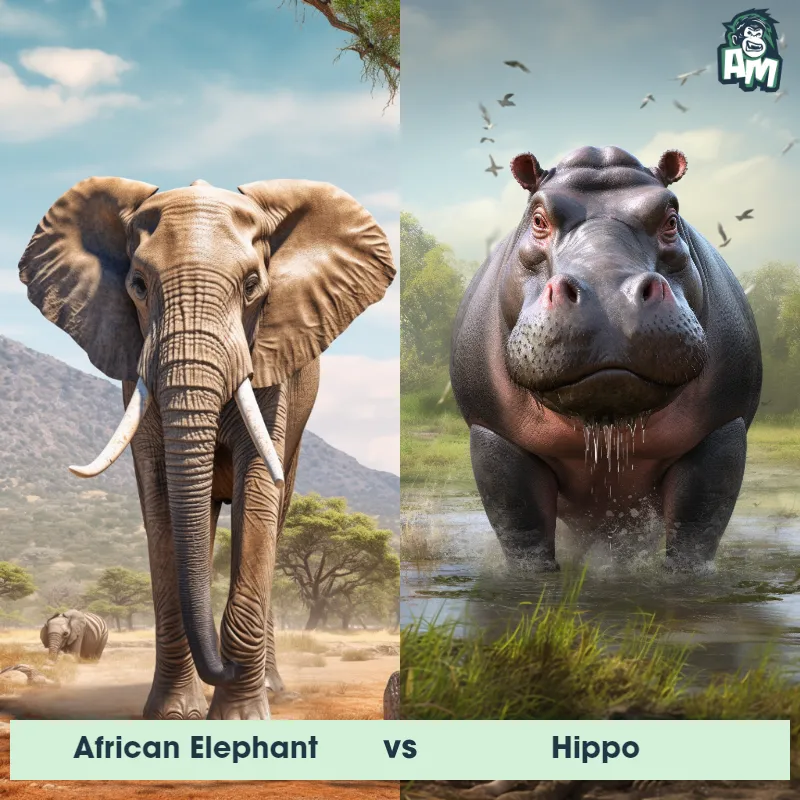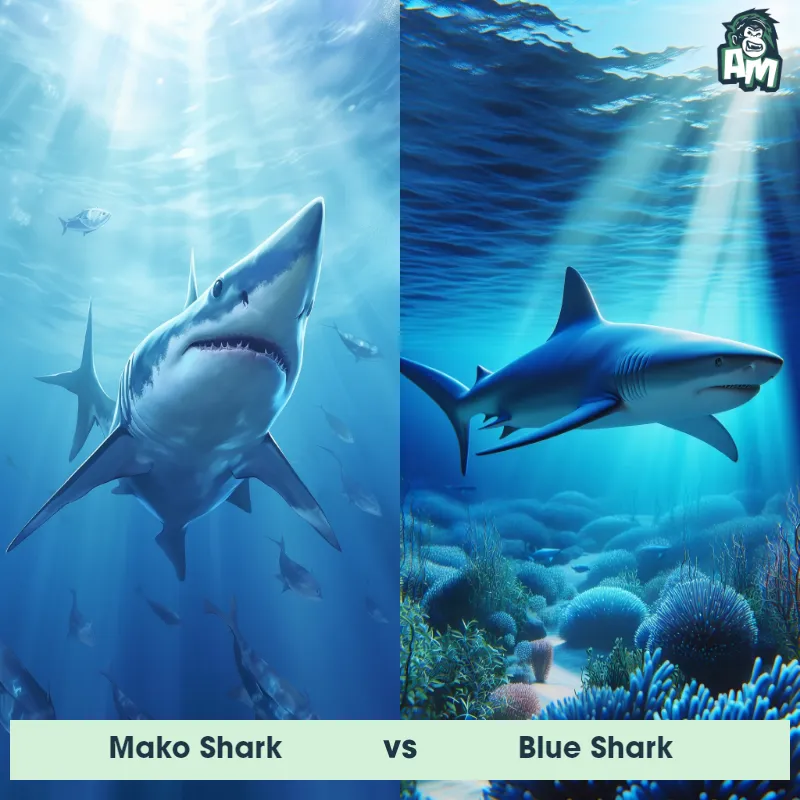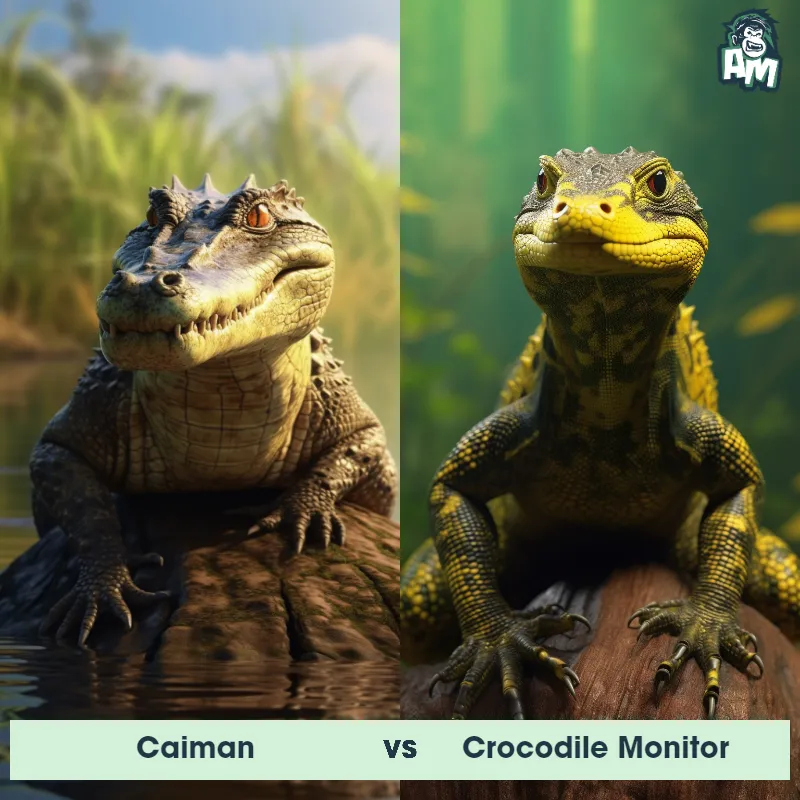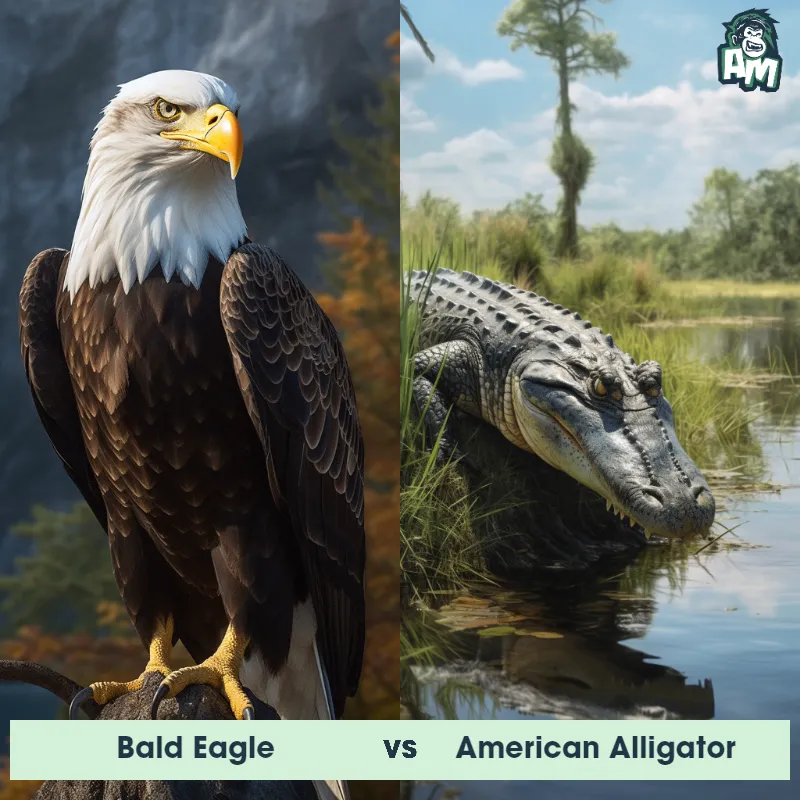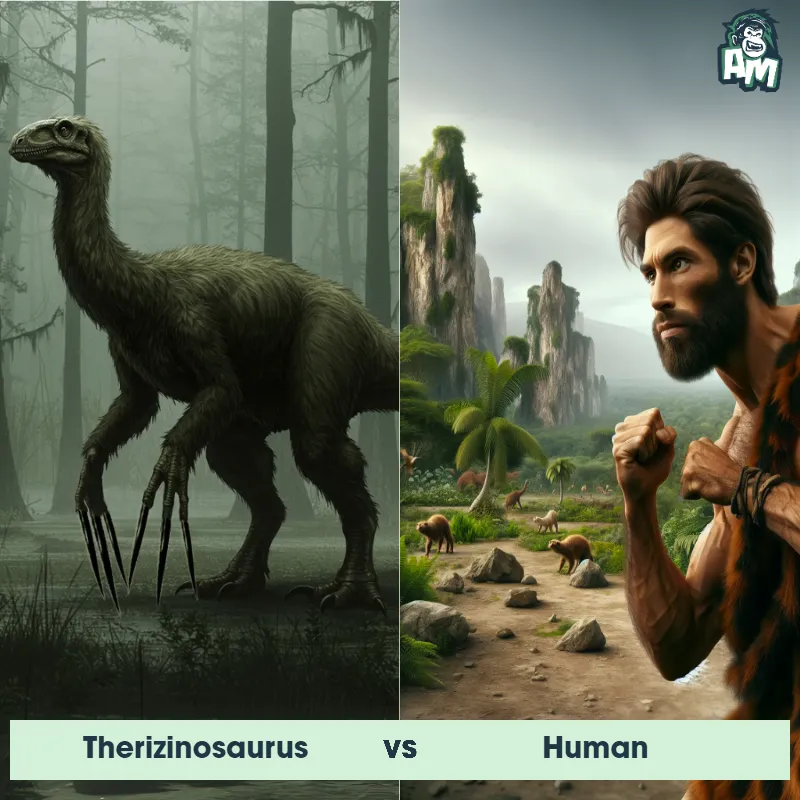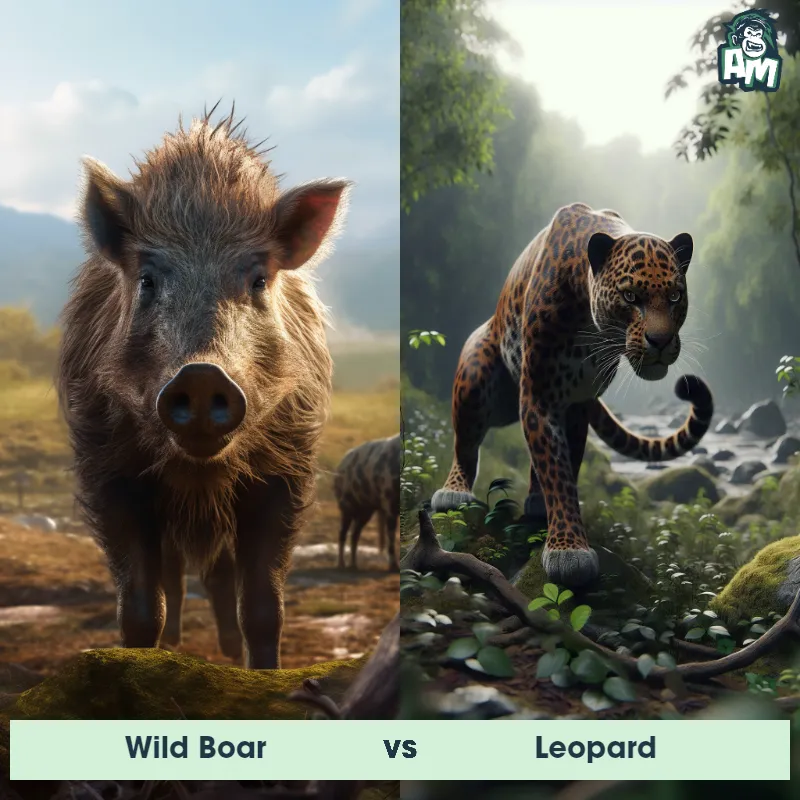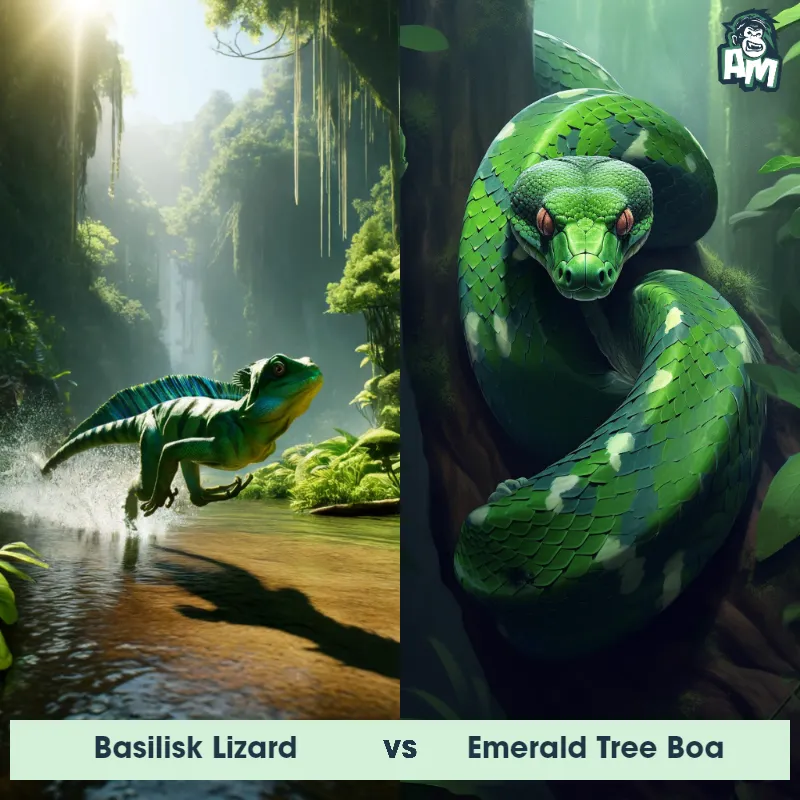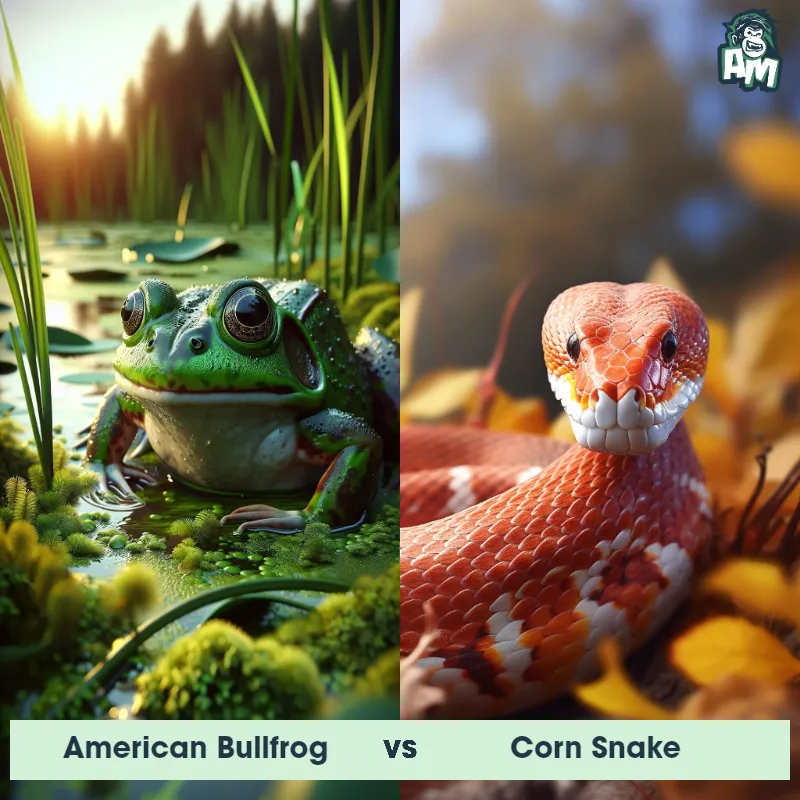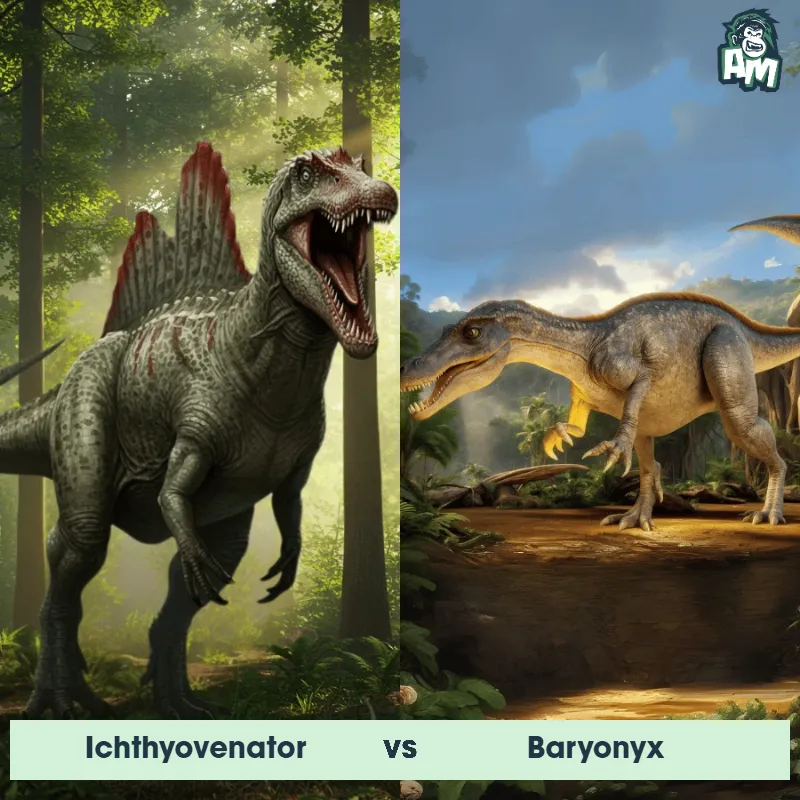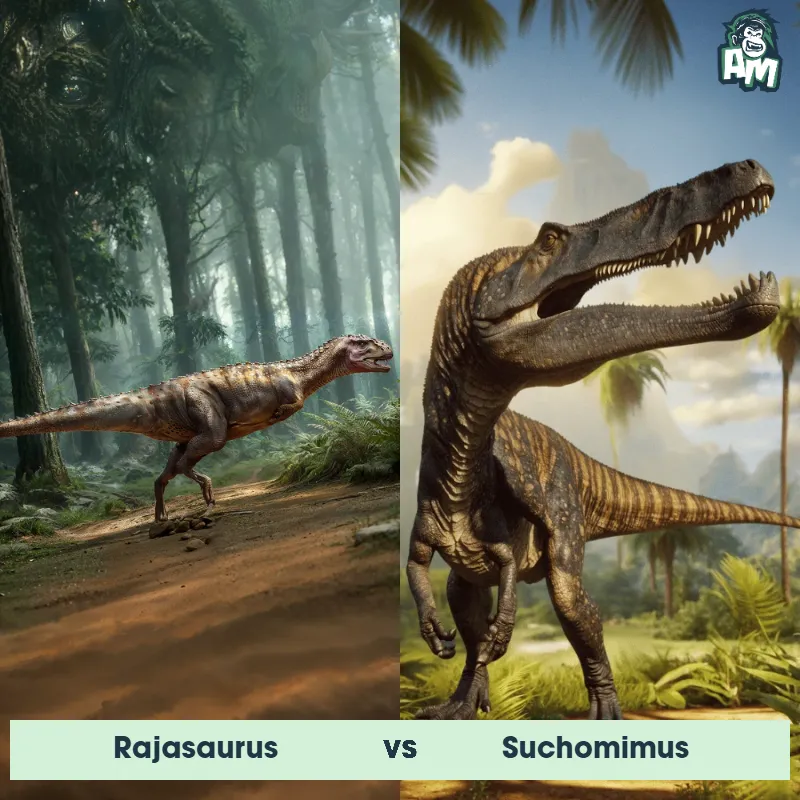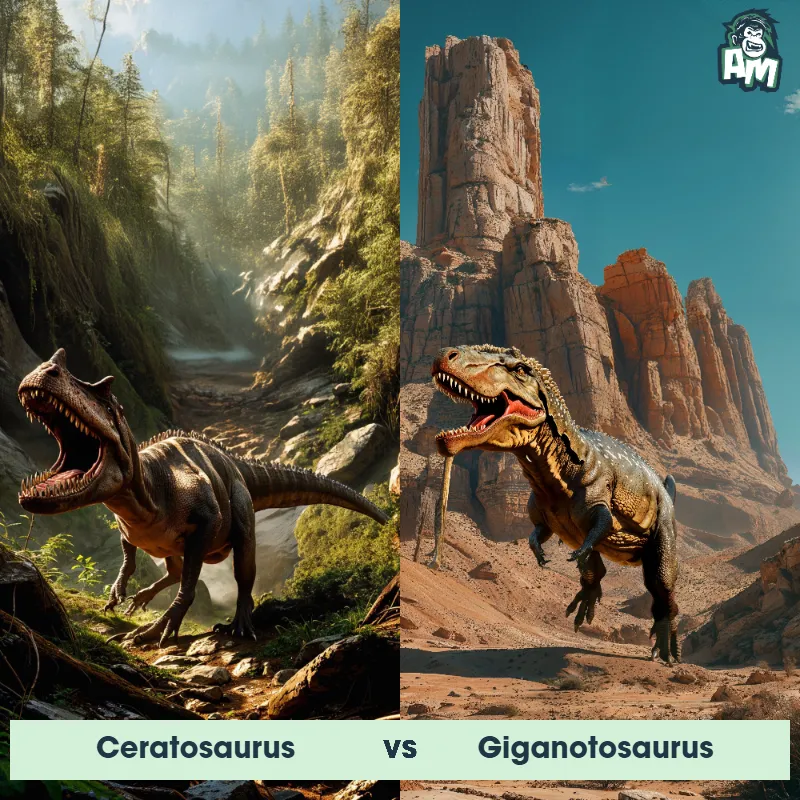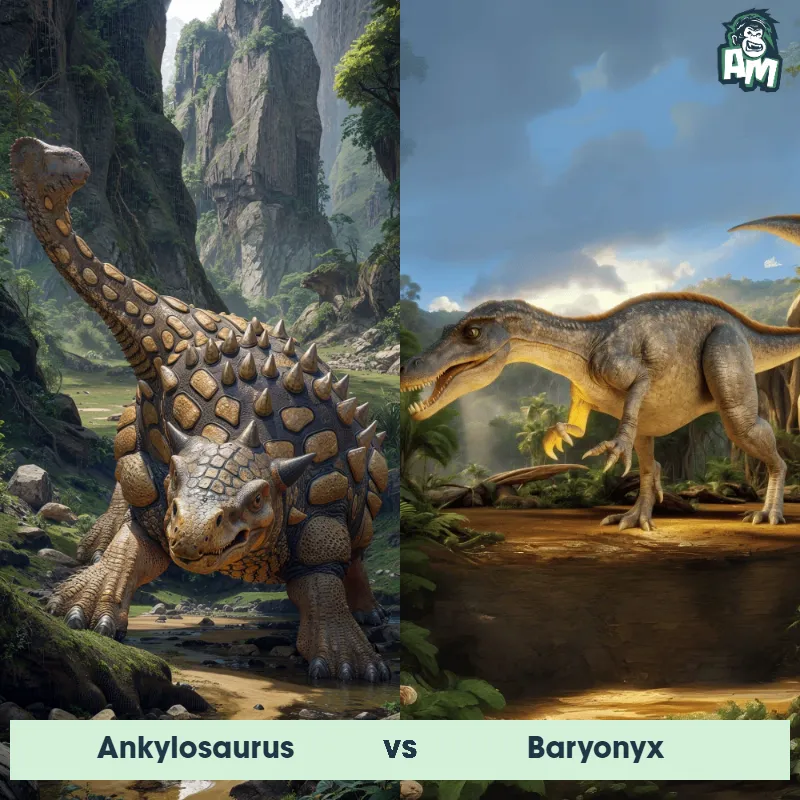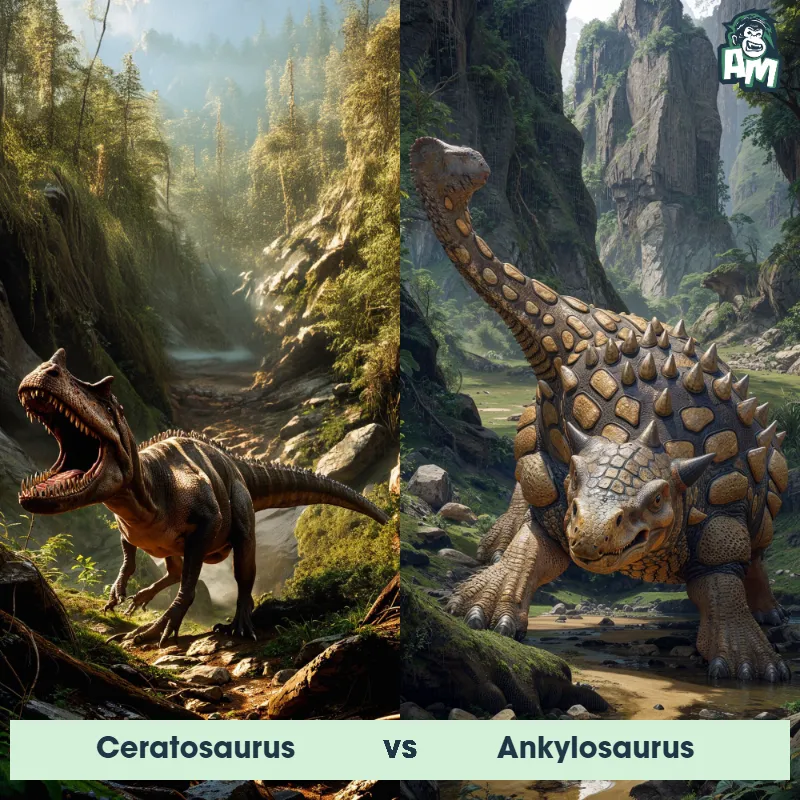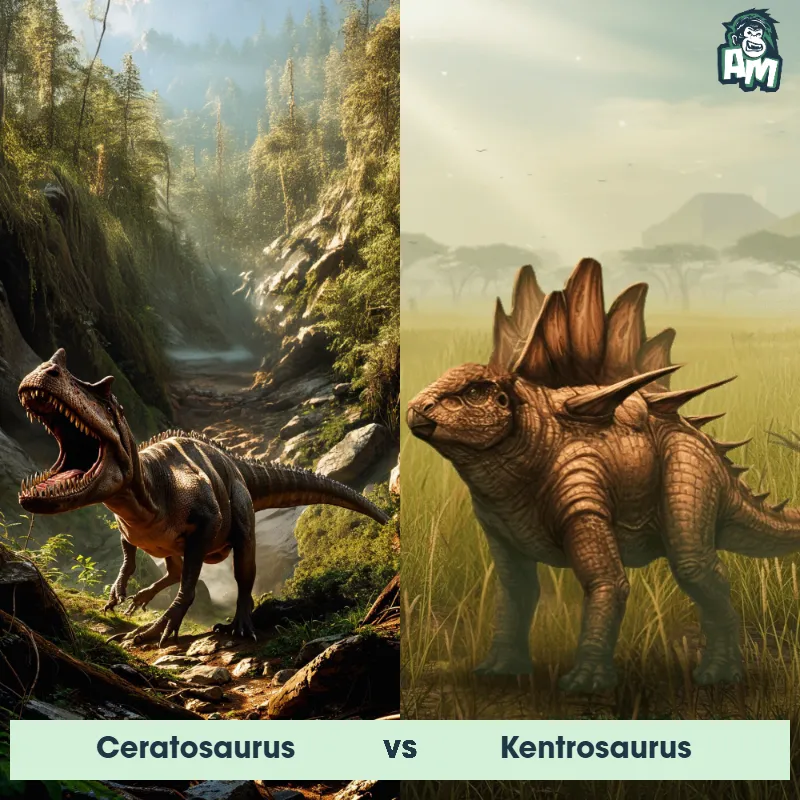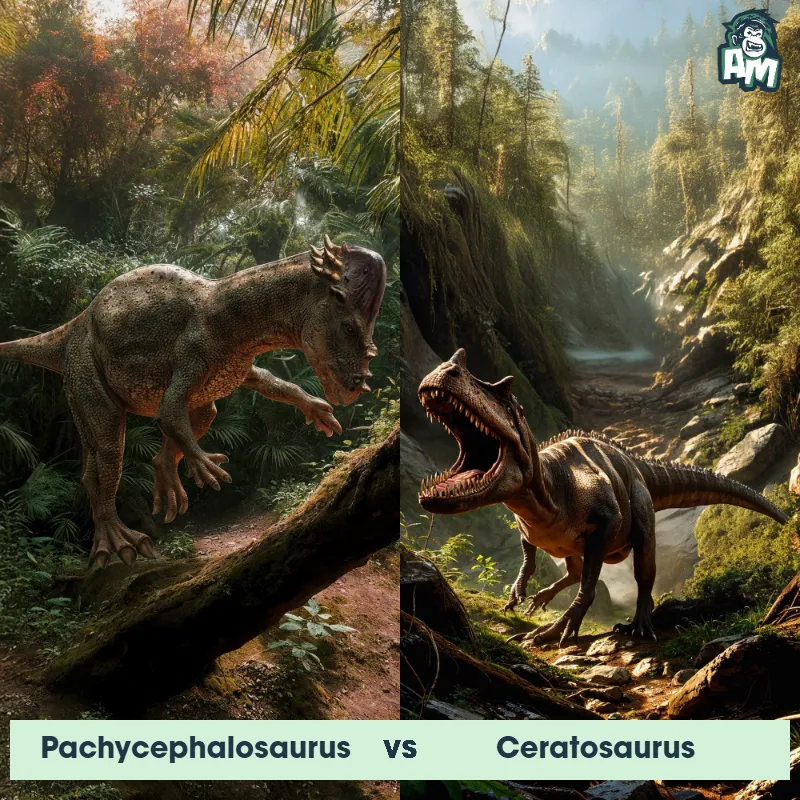Baryonyx vs CeratosaurusSee Who Wins
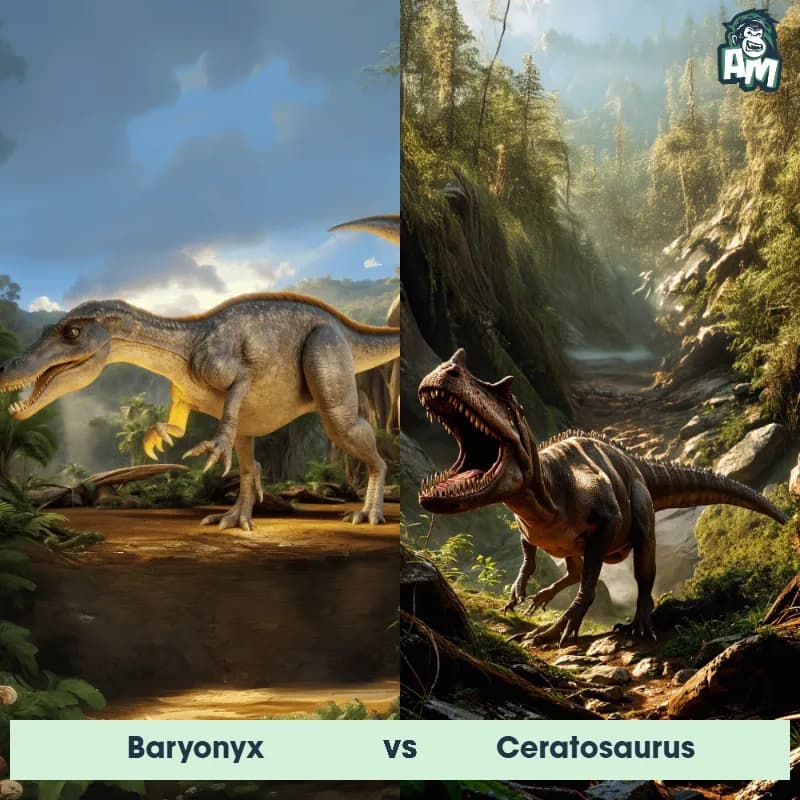
In the left corner, towering with its elongated snout and razor-sharp claws, the semi-aquatic predator, Baryonyx! Facing it down, in the right corner, the top predator known for its horned nose and powerful limbs, the Ceratosaurus! Both beasts ready for an epic showdown.
Contender 1: Baryonyx
The Baryonyx, also known as the "Heavy Claw," was a large theropod dinosaur that lived during the Early Cretaceous period. It had a long, crocodile-like snout filled with conical teeth, a large claw on its first finger, and walked on two powerful hind legs. This carnivorous dinosaur had a streamlined body, perfect for hunting fish and small prey near water sources.
Fun Fact: Baryonyx is thought to be one of the few known dinosaurs that primarily hunted fish, as evidenced by the remains of fish scales and bones found in its stomach contents.
Contender 2: Ceratosaurus
Fun Fact:
Matchup Stats
| Baryonyx | Ceratosaurus | |
|---|---|---|
| Size | Approximately 25 ft (7.6 meters) in length | Around 20 feet (6 meters) |
| Weight | Around 2,200 lbs (1,000 kg) | Around 1,000 lbs (450 kg) |
| Speed | 25 mph (40 km/h) to 30 mph (48 km/h) | 20-25mph (32-40km/h) |
| Key Strength | Powerful claw | Powerful hind legs for hunting |
| Biggest Weakness | Vulnerable underbelly | Short arms compared to other theropods |
Current Votes
Baryonyx vs Ceratosaurus
See Who Wins
View More Matches
Looking For More?
Similar Matches
Scientific Stats
| Baryonyx | Ceratosaurus | |
|---|---|---|
| Scientific Name | Baryonyx walkeri | Ceratosaurus |
| Family | Spinosauridae | Ceratosauridae |
| Habitat | Near water sources | Forests near rivers |
| Geography | Europe | North America, Europe, possibly Africa |
| Diet | Fish and small prey | Carnivorous |
| Lifespan | 25 years - 30 years | 20 years - 30 years |
Key Differences between Baryonyx and Ceratosaurus
- Skull: Baryonyx had a long, narrow skull with a distinctive nasal crest, whereas Ceratosaurus had a shorter skull with a prominent horn on its snout.
- Arms: Baryonyx featured strong, elongated arms with a massive claw on each hand, contrasting with Ceratosaurus's shorter arms with smaller claws.
- Body Structure: Baryonyx had a more streamlined, slender body, particularly useful for hunting in aquatic environments, whereas Ceratosaurus was more robust and muscular.
- Teeth: Baryonyx possessed numerous conical teeth adapted for catching fish, while Ceratosaurus had serrated, blade-like teeth suited for slicing meat.
- Tail: Baryonyx had a longer, more rigid tail to aid in swimming, while Ceratosaurus had a powerful tail aiding in balance on land.
- Size: Baryonyx was larger overall, with an estimated length of up to 30 feet, while Ceratosaurus was smaller, typically reaching around 20 feet in length.



